A dynamic coastal neighbourhood synonymous with leisure, luxury and nightlife, Copacabana is characterised by million-dollar penthouses, stunning neoclassical buildings and tiny apartments set against a magnificent backdrop of jungle-clad mountains in Rio de Janeiro. From its humble origins as a small fishing village, the "Princess of the Sea" is now a leisure seeker's paradise, bursting with restaurants, nightclubs, bars and hotels, and emits a lively, effervescent energy, perfect for the social traveller. To learn its history, visit Forte de Copacabana, a fort and museum that traces the early days of the Portuguese colony through to the mid-19th century. Art enthusiasts will appreciate a visit to The Eva Klabin Foundation (Casa Museu Eva Klabin), a historical home of famous art and antique collector Eva Klabin that houses over 1000 art pieces from all over the world. A visit to Copacabana is incomplete without the world-famous Copacabana Beach, a 4-kilometre stretch of golden sand dotted with brightly-coloured umbrellas, bars and a popular playground for watersports, football, volleyball, or simply lazing in the sun.
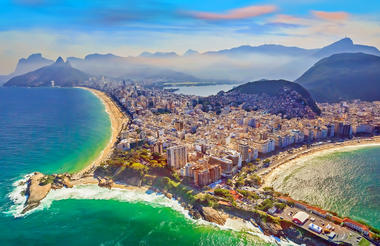
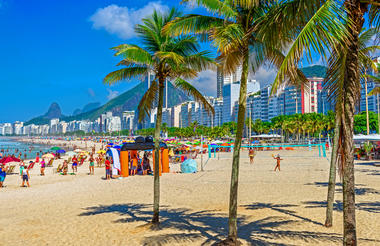
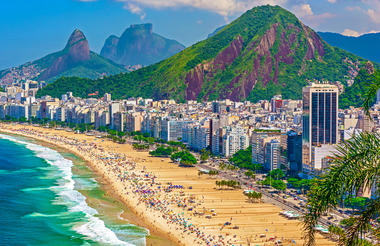
Peru’s capital is a fantastic city to tour, dotted with a multitude of cultural sites and beautifully preserved architecture. Founded by the conquistador Francisco Pizarro in 1535, Lima was first named ‘City of Kings’ – a biblical reference to the ‘Three Wise Men of the East’ – before its name was changed by the Spanish colonialists. The most significant historical buildings are located around the Plaza Mayor, the most notable being the Government Palace, where one can still observe the changing of the guard performed by the Húsares de Junín. The beautiful Cathedral and the various small palaces and colonial balconies also play also their part in the beauty of the city. Another highlight is the famed Larco Herrera Museum, documenting the millennial cultures that preceded the Inca civilization and containing a priceless collection of pre-Columbian artifacts, including some of South America's finest pre-Inca erotic pottery.
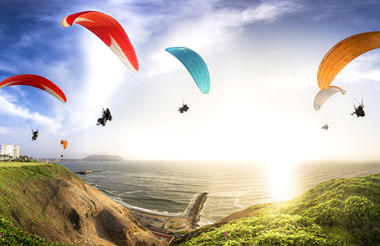
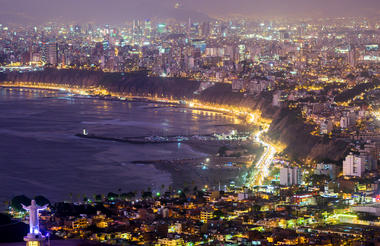
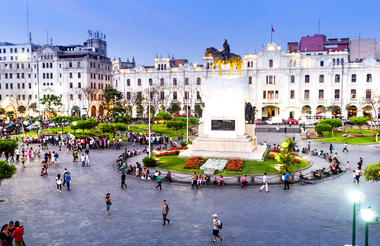
Once called the ‘Navel of the World’ by the Incas, Cuzco remains a city that blends colonial Spanish charm with older, more austere remains of pre-Columbian glory – one can still see the foundations of Inca structures on many of its city streets today. Cuzco’s most important landmarks include sites from both Inca and colonial times, such as the Korikancha (the ancient Temple of the Sun), the Inca street of Loreto with its 12-cornered stones, the cathedral, the Museum of Colonial Art, the archaeological park of Saqsaywaman (the fortress-temple), the nearby funerary shrines of Kenqo, and the water-worship site of Tambomachay.

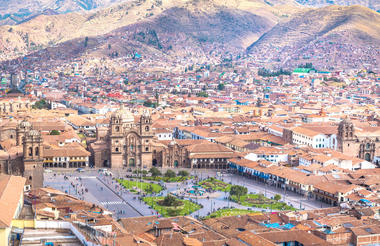
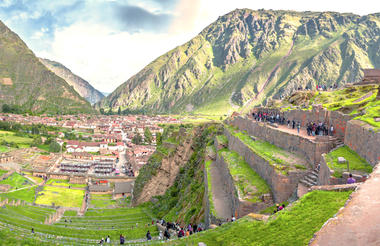
Resting in a valley surrounded by the snow-capped Andes and the Chilean Coast Range, Chile’s vibrant, cosmopolitan, the capital city of Santiago is famous for its beautiful parks, a wealth of historical attractions, and exciting arts and music scenes. The Cerro San Cristobal Park, the largest green space in the city, lies on a hill and is reached by a funicular ride. It offers visitors stunning sweeping views of the city, as well as a picturesque botanical garden and two huge swimming pools. The colonial Plaza de Armas, in the old town centre, is a delight to explore with its numerous Neoclassical buildings and museums, most notably the home-turned-museum of renowned poet Pablo Neruda. Visitors can also look forward to wonderful live shows, concerts and exhibitions.



Situated on Argentina’s stunning Rio de la Plata coast, Buenos Aires is a thriving portside capital defined by a rich history, vibrant culture, and strong European influence - thus nicknamed the Paris of South America. Countless museums covering a cornucopia of subjects; an active theatre culture; carnivorous buffets second to none; sensuous tango performances; a mosaic of architecture; and shops to fit all fancies – all these facets and more make up the seductive blend that is Buenos Aires. Some of the city’s highlights include the buzz of the La Bombonera Stadium; tango and milonga venues like the Bohemian La Catedral; and heritage architecture such as that at the Cementerio de la Recoleta, where visitors can wander through a ‘city’ of massive statues and marble mausoleums. Don’t miss the International Festival of Independent Cinema and the vibrant annual Pride Parade.






